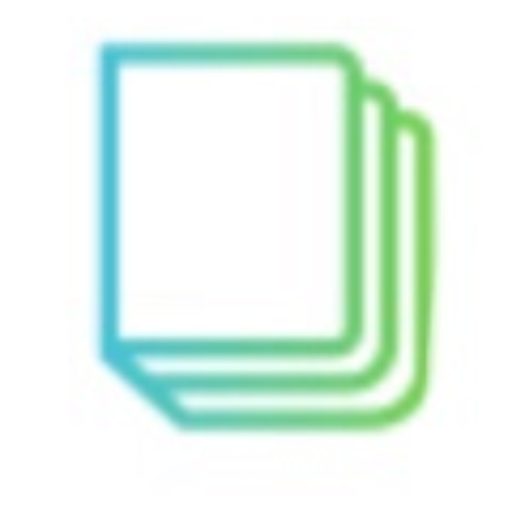Coding has become one of the most sought-after skills today. The ability to instruct a computer to do almost anything is invaluable. However, programming can be quite challenging, especially when you’re just starting out. It’s like learning a new language, complete with its own syntax, vocabulary, and structure. This can be daunting and extremely off-putting—I’ve experienced it firsthand.

But learning a new programming language from scratch isn’t as difficult as many tutorials make it out to be. With the right resources, it’s very doable. In fact, once you get past the initial hurdle of familiarizing yourself with the language, coding becomes incredibly fun. This guide is a simple, straightforward way to start your coding journey!
The Benefits of Learning to Code
As I mentioned earlier, programming is one of the most sought-after skills. The ability to code can be applied in a variety of situations. Even if you don’t have a job that directly requires coding, learning this skill can help you in other aspects of life.
Coding teaches you the fine intricacies of a computer. It gives you a better understanding of how computers work, allowing you to utilize features you didn’t even know existed. For example, how many of you know what the Command Prompt is on a Windows computer? Before I learned to code, I had no idea.
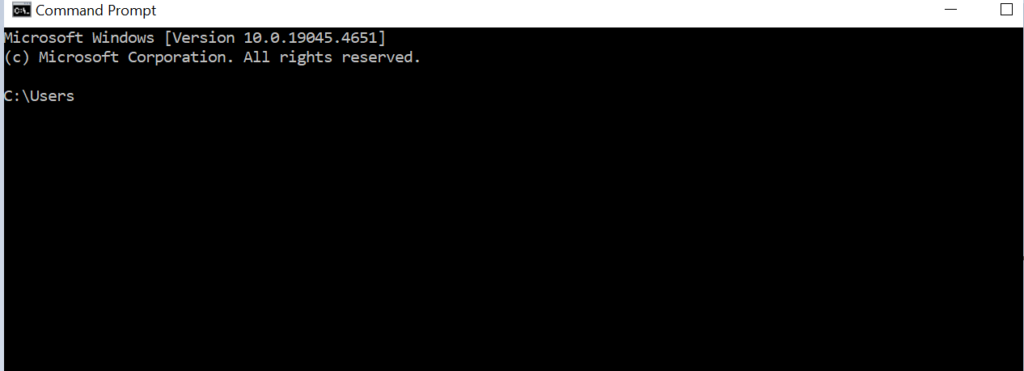
Additionally, coding enhances your problem-solving skills and logical thinking. Getting all the different parts of your code to work together isn’t always easy, but it’s incredibly rewarding when they do.
In general, programming helps you see computers in a different light. You’re no longer just a user—you’re in full control of what the computer does. If this doesn’t convince you, I don’t know what will.
Here are just a few of the benefits of learning to code:
- Increased career opportunities: Coding opens doors to various fields, from software development to data analysis.
- Better understanding of computers: You’ll become more tech-savvy and able to make a computer work for you.
- Enhanced logical thinking and creativity: Programming challenges you to think logically and creatively.
- Improved problem-solving skills: Coding is all about solving problems in innovative ways.
- It’s fun once you get the hang of it: As you become more familiar with coding, it turns into an enjoyable and fulfilling activity.
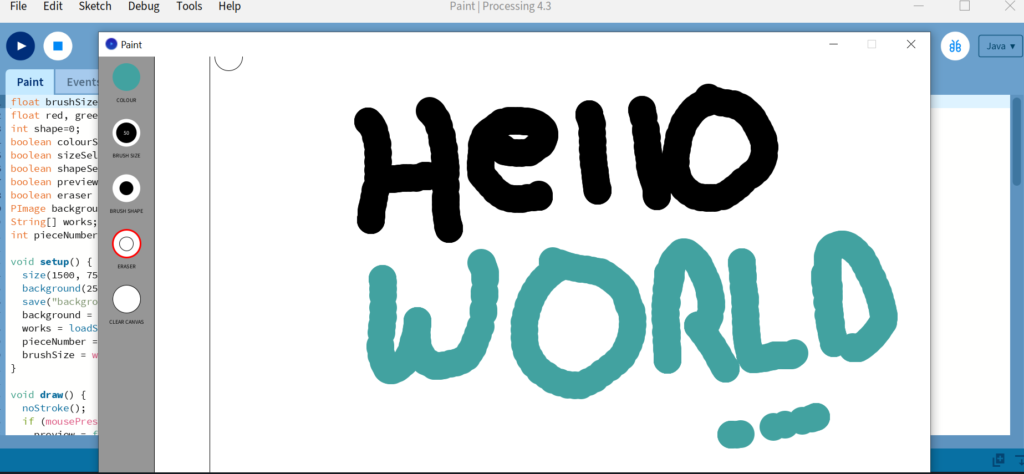
The Best Programming Language to Start With
There are hundreds of programming languages out there, and choosing which one to start with can be difficult. While each language has its own perks, not all are beginner-friendly. The most well-known and versatile languages are Python, Java, C, JavaScript, and Ruby. These can get quite complex at advanced levels, but they are excellent choices for beginners.
From personal experience, I recommend starting with Python or C. Both have simple syntax and avoid unnecessary complexities, making them ideal for those new to coding. I personally started with Python, and it was a great choice. Learning Python first makes it easier to pick up other languages because you’ll be familiar with basic coding structures.
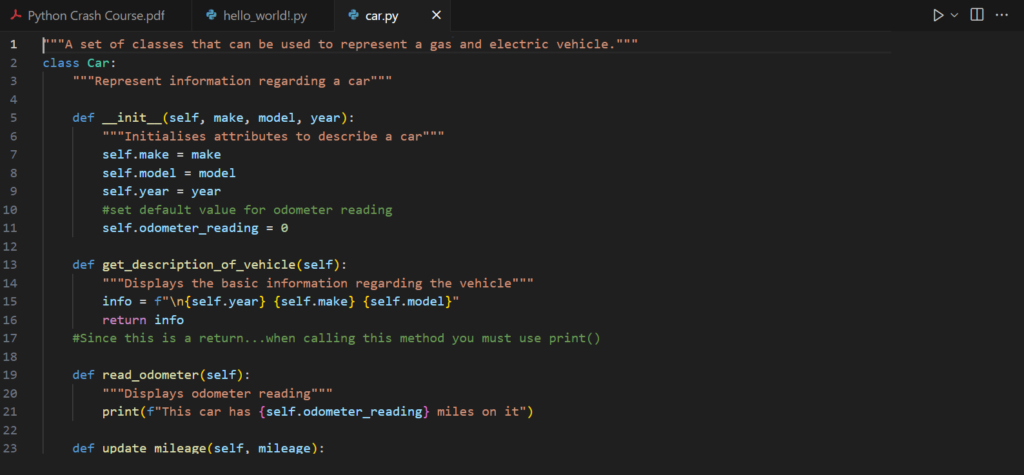
In this article, I’ll focus on Python because it’s one of the easiest languages to learn. Once you have a foundation in Python, your knowledge will be transferable to other languages. Concepts like loops, conditionals, and functions, which you’ll learn in Python, are applicable across many languages. Python’s simplicity also makes it an excellent language for learning difficult programming concepts like data structures and program flow.
Moreover, Python is in high demand across various industries, offering ample job opportunities and career growth for those proficient in the language. It’s the perfect place to start your coding journey!
Prerequisites to Learn Coding
Before we dive into the learning process, it’s important to identify the prerequisites and some tools you’ll need:
- A computer: This may seem obvious, but it’s essential. You can’t program a computer without a working one! A modern computer is preferable to avoid compatibility issues, though older models generally work fine with Python since it’s an extremely portable language.
- Software to run Python: To code in Python, you need designated software. I recommend downloading PyScripter or Visual Studio Code. They are widely used programming platforms, with Visual Studio Code being particularly popular for general coding.
- Patience: Learning to code takes time and can be frustrating, especially when dealing with error messages. Patience is key! With a willingness to learn, you’ll be fine.
The Easiest Way to Learn a Programming Language
There are countless resources available online to help you learn various aspects of a language. Given Python’s immense popularity, you’ll find thousands of websites and articles (like this one) offering guidance. However, scouring the internet for the information you need can be disorganized and overwhelming, especially for beginners.
I found aimlessly searching the web to be impractical. The solution I discovered, and one I highly recommend, is to buy a book that covers all the basic aspects of the language. Finding the right book can also be time-consuming, but I’ve got you covered.
Python Crash Course by Eric Matthes is an absolutely straightforward and beginner-friendly guide to learning Python effectively. Through his witty and humorous writing, Matthes simplifies Python concepts and makes learning the language a fun experience. This book is all you need. Still not convinced? Here’s why it’s the easiest way to learn Python:
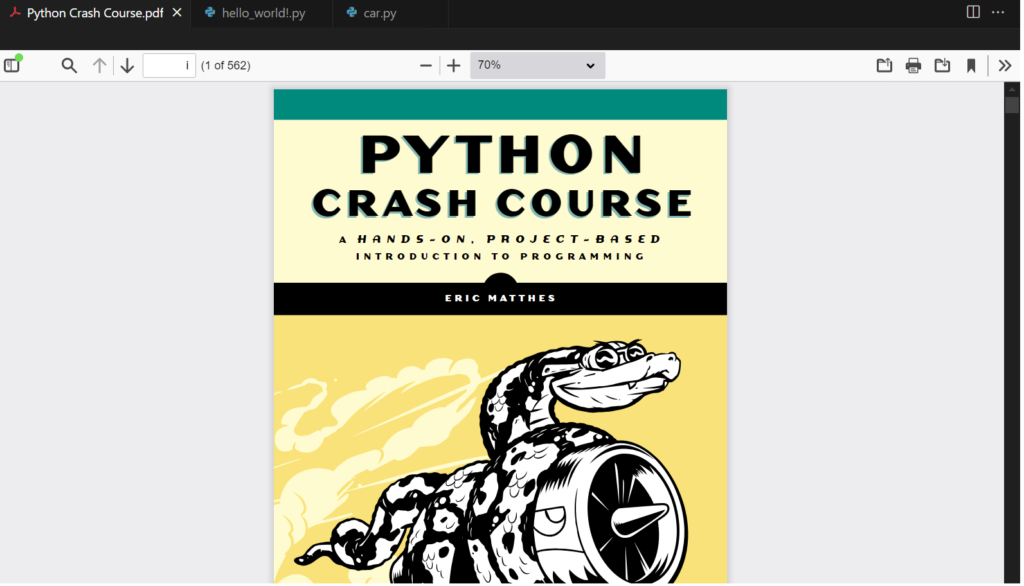
- Comprehensive introduction to Python: This book covers all the basics you need to know, from the very start. The chapters are easy to follow, engaging, and well-organized. Each chapter includes overviews and summaries to reinforce what you’ve learned.
- A hands-on approach: Matthes includes code snippets throughout the book to aid your understanding and teach concepts in an easy-to-digest manner. Additionally, there are revision exercises at the end of each section to solidify your understanding. These tasks encourage creativity and make learning fun. After finishing the first part of the book—The Basics—Matthes guides you through creating your own Python projects. Whether it’s an Alien Invasion game, Data Visualization, or Web Applications, these projects further advance your knowledge and are enjoyable to work on.
- Focus on best practices: Throughout the book, Matthes emphasizes best practices in coding. He explains the desired structure of your code and the acceptable norms laid out by the coding community. By applying these standards in his examples, Matthes ensures you learn the right way to code.
- Encourages creativity: The exercises at the end of each chapter encourage you to solve problems creatively. Matthes only gives you a prompt; the rest is up to you. The code examples in the book are also interesting and engaging.
- Accessible to a wide audience: Perhaps my favorite aspect of this book is its accessibility. It assumes no prior knowledge of computer science or coding. Every concept is explained in depth, starting from the basics. Learning Python from this book will not only teach you Python but also core programming skills that you can apply to other languages.
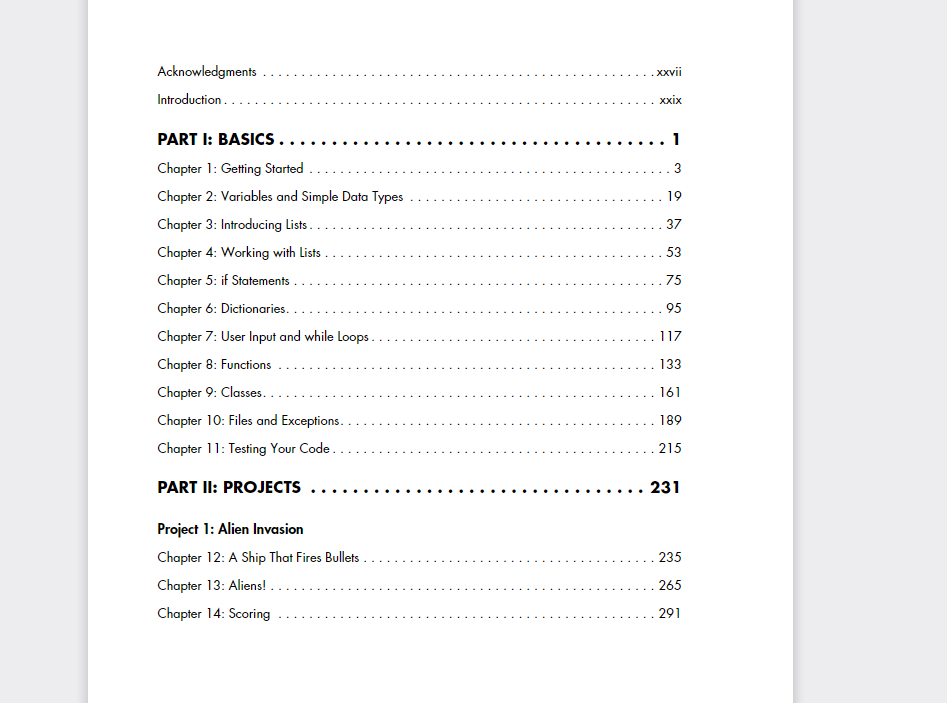
In summary, this book is one of the best resources for beginners looking to learn their first programming language or anyone looking to learn Python.
Helpful Tools
Even though this book covers all the basics, several tools can aid you in the coding process. When writing code, you’ll inevitably encounter errors. Some will be logical, while others will be accidental. Luckily, there are tons of online resources to help you. Here are a few that I always use:
- W3Schools: This website covers a majority of topics regarding popular programming languages. It offers helpful tutorials on Python, HTML, CSS, JavaScript, PHP, SQL, and more. It’s extremely beginner-friendly with an easy-to-navigate design. I recommend using this site alongside the Python Crash Course book, especially when starting out.
- GeeksforGeeks: This is another useful website, especially once you’re more familiar with coding concepts. It offers in-depth resources on more complex topics such as data structures, scope, etc. I highly recommend it.
- ChatGPT: Trust me, this is the best resource out there for coding. I can’t even begin to tell you how many times ChatGPT has helped me debug my code or understand a concept. It’s an invaluable tool that will make you a much better programmer. ChatGPT provides comprehensive coding answers and examples that you might not find elsewhere. I can’t recommend it enough for coding—it’s a game changer.
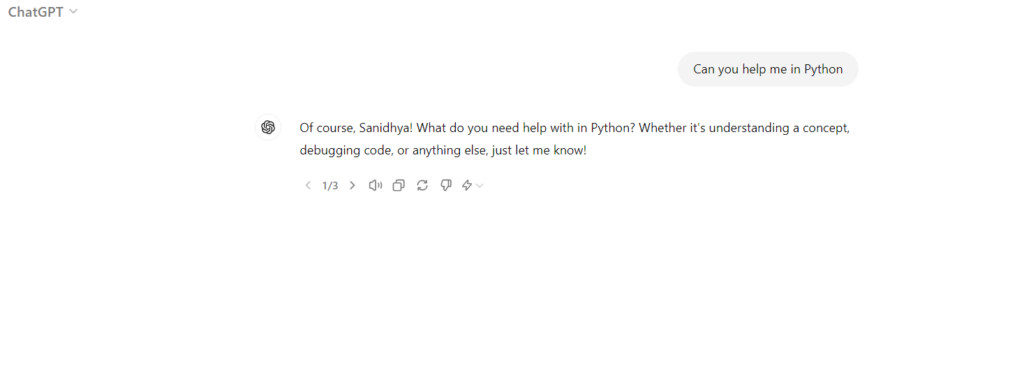
Final Thoughts
In this article, I’ve outlined the importance of learning to code, the easiest way to start, and the tools available to help you along the way. I personally learned the basics of Python from Eric Matthes’ book, and I can confidently say it’s the perfect resource for anyone starting from the ground up. The book’s hands-on approach is its unique selling point—you’ll have fun while coding.
Coding is becoming one of the most sought-after skills these days, and I highly recommend jumping on the programming train sooner rather than later. With countless tools to help you, including ChatGPT, you’re well-equipped for the journey ahead. People may have misconceptions about using language models like ChatGPT, but trust me—it’s THE tool for coding.
All the best for your coding journey!
Post Disclaimer
The information contained in this post is for general information purposes only. The information is provided by Programming 101: How to Learn Coding the Easy Way and while we endeavour to keep the information up to date and correct, we make no representations or warranties of any kind, express or implied, about the completeness, accuracy, reliability, suitability or availability with respect to the website or the information, products, services, or related graphics contained on the post for any purpose.
